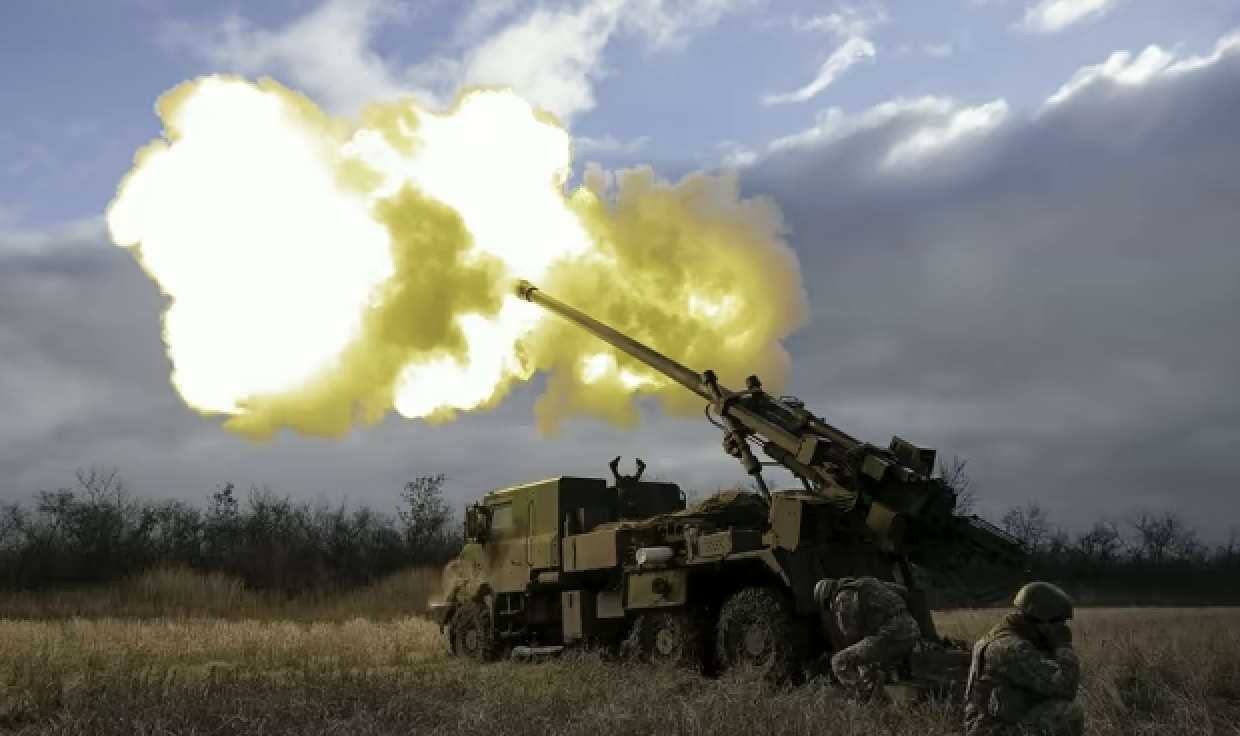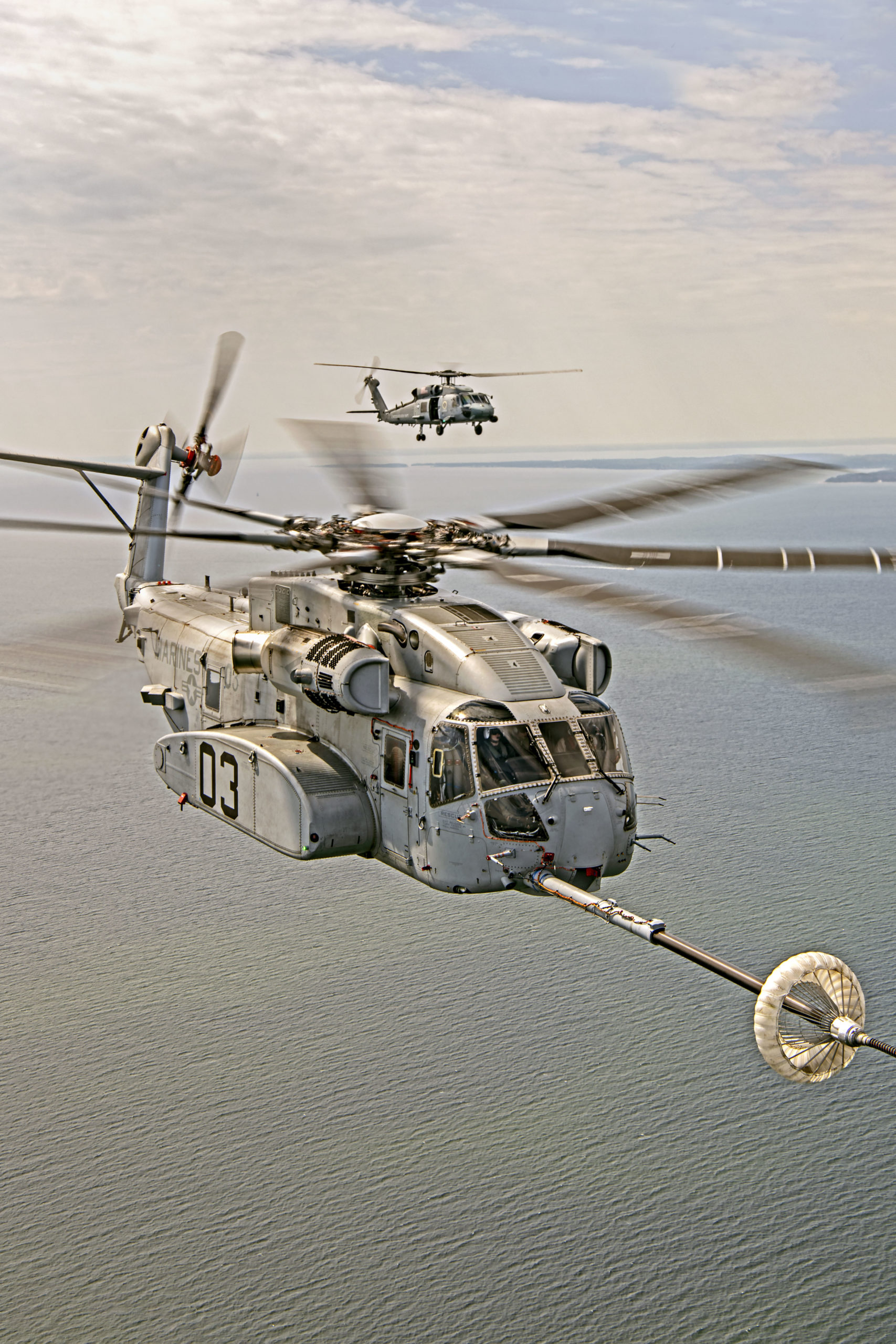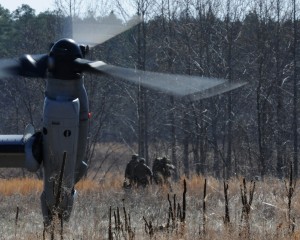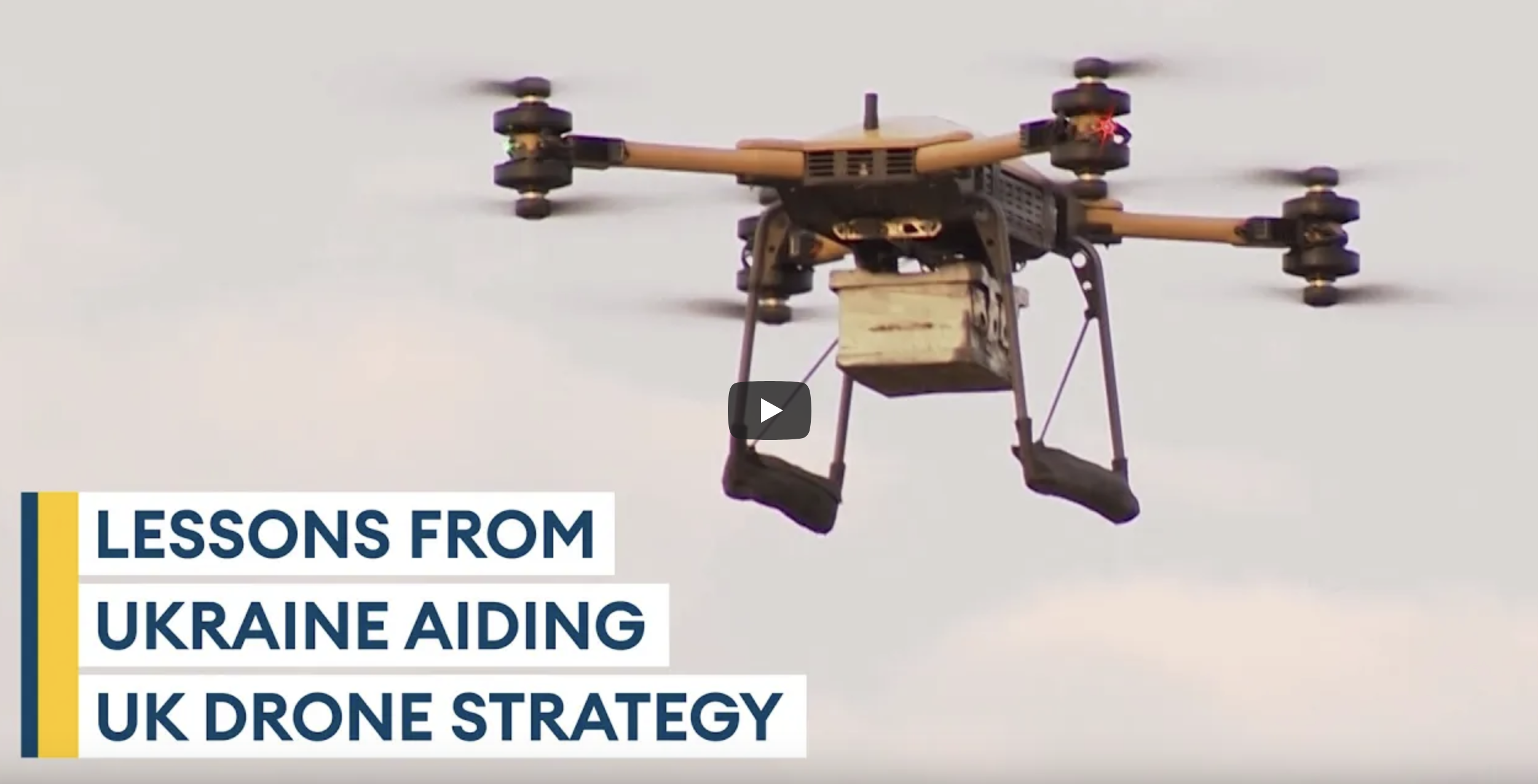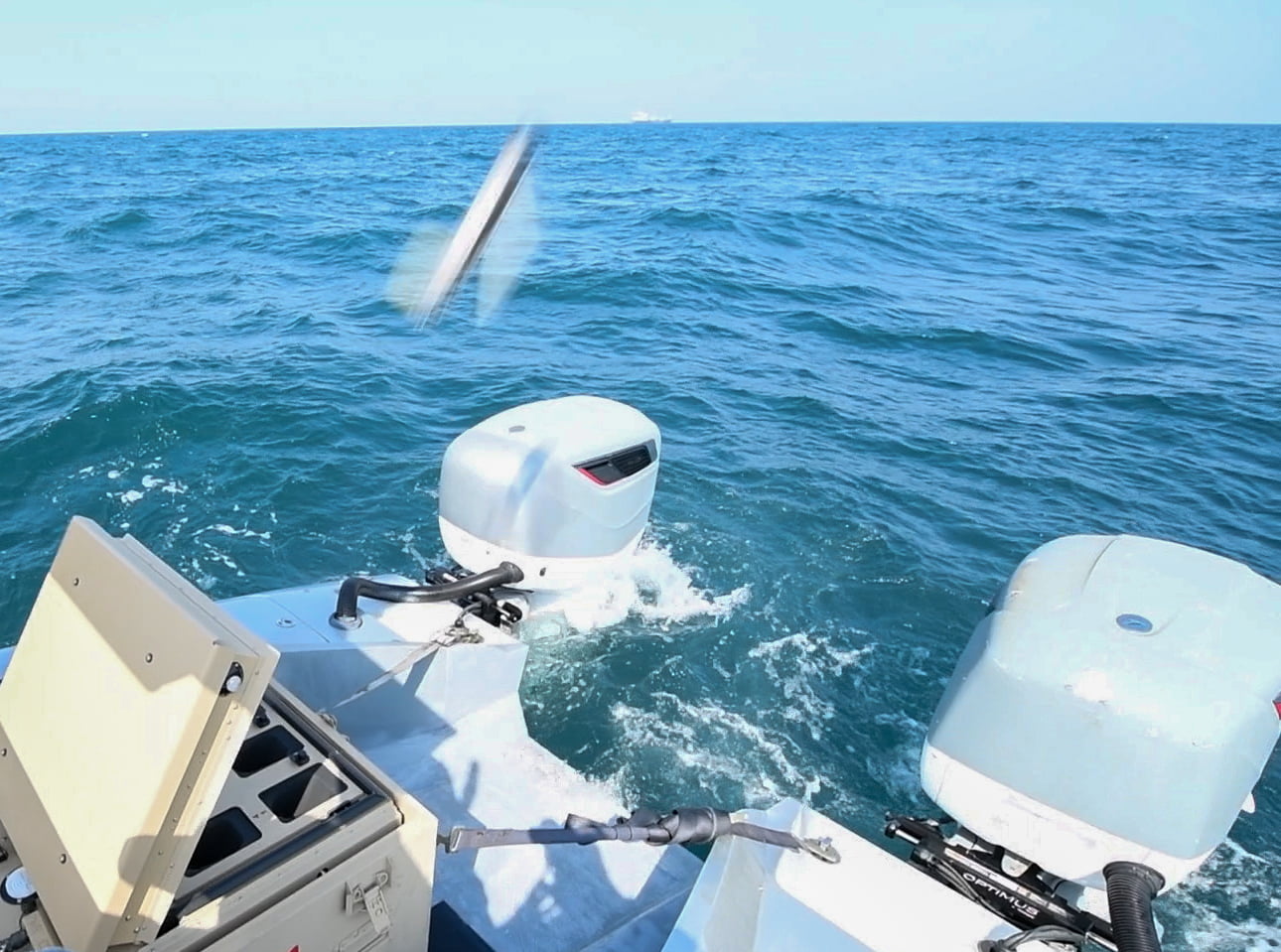By Pierre Tran
Paris – The French armed forces ministry published March 4 a list with the value of weapons, military kit, and financial support provided in Ukraine’s bloody struggle against Russia, claiming a total of some €3.8 billion ($4.1 billion).
The French official list showed military gear shipped to Kyiv worth €2.62 billion, covering kit sent between Feb. 24 2022 and Dec. 31 2023, the ministry said on the inventory.
The list withheld the number of various French missiles sent to Ukraine, which two senior defense specialists said was standard procedure on missile deals, with the authorities seeking to avoid giving vital operational information to the Russian forces.
“In total, France delivered military equipment to the total value of €2.615 billion to Ukraine, to which is added €1.2 billion sent to the European Peace Facility, namely more than €3.8 billion between 24 February 2022 and 31 December 2023,” the ministry said.
The European Peace Facility is the European Union’s funding for military and defense projects tied to the EU common foreign and security policy.
That French official valuation of weapons and military kit was a great deal more than the €640 million estimated by the Kiel Institute for the World Economy, a German think tank. The Kiel institute, in addition to dispatch of weapons, estimated a French financial contribution of €800 million, with the total amount of military and financial aid of €1.44 billion placing France 15th in world rankings – below Finland – for support of Ukraine, out of a total 42 donors.
The Kiel think tank’s Ukraine support tracker shows the U.S., Germany, and the U.K. as the top three donors of military equipment to Kyiv, in value.
There has been public criticism on the relatively low level of kit France has been seen to send to Ukraine, compared to the donation of other allies, such as Poland and the Baltic states.
The French authorities have replied that it harmed the Ukrainian forces if too much tactical information were released.
The French official valuation of weapons sent to Kyiv has also drawn criticism, with some seeing the amount as artificially inflated, using the cost of replacing aging equipment such as the AMX 10RC armored vehicle with the higher price tag of new vehicles from the army’s Scorpion modernization program.
Publication of the French list was “good news,” said Camille Grand, distinguished policy fellow at the European Council on Foreign Relations, a think tank, and “replacement value” was one of the ways for accounting for the value of weapons.
While it was difficult to set a value on armaments, the focus should be on the usefulness for the Ukrainian forces, he said. Grand was previously assistant secretary general for defense investment at Nato.
One of the reasons for confidentiality was concern the Russians could better assess the threat in the field, based on detailed information on allied shipments of weapons.
It remained to be seen if the Kiel institute would update its ranking of France or challenge the French data set, Grand said. It was also unclear the methodology used for valuation of shipments from the U.S., U.K. and other donor nations.
France has shipped 38 AMX 10RC vehicles to Ukraine, the official list said.
The specialist publication Défense & Sécurité Internationale was among those who noted on social media the official list omitted the MMP/Akeron, an anti-tank missile shipped to the Ukrainian forces, while other close observers pointed up the list misspelling – CM instead of GM – the GroundMaster 200 radar system.
The list omitted the number of the Scalp airborne cruise weapon dispatched. The president, Emmanuel Macron, said in January France has sent 40 Scalp missiles to Ukraine, while the total number has been reported to be around 100.
Macron has also said France would send Kyiv hundreds of bombs.
There was a long standing discretion on the numbers in arms orders, a defense specialist said.
“That is the order of the day,” the specialist said.
That discretion can be seen with the official list giving the number of missile firing systems, but not the number of missiles.
The list shows France sent three Milan anti-tank firing units, but withholds the number of Milan missiles. There were also 1,002 AT4 rocket launcher systems, without details on the number of rockets.
In surface-to-air missiles, there were two Crotale NG and six Mistral firing units delivered, but the number of Crotale NG and Mistral missiles was undisclosed. One SAMP/T firing system was sent, but the number of Aster missiles it fires was held as confidential.
France shipped 6,200 helmets and 6,500 bullet proof vests to protect Ukrainian soldiers, the list showed. Other deliveries included 3,700 first aid kits, 30 Caesar truck-mounted artillery pieces, six TRF 1 towed cannons, and four multiple launch rocket systems. Ten 120 mm mortars were also sent.
France provided training for 10,000 Ukrainian soldiers in Poland and France, the ministry said, and also contributed to security on the European eastern flank, with French troops deployed in Romania and Estonia, a temporary air deployment in Lithuania, and permanent naval presence in the Baltic and Mediterranean seas.
Meanwhile, there was criticism of the German forces, following media reports of the Russians releasing 38 minutes of a recording of four German senior officers discussing over an open line how the Ukrainians could use the Taurus cruise missile if Berlin agreed to send around 100 of the German-built long-range weapon.
The Russian recording revealed the German officers were discussing how the British troops were deployed in Ukraine, and how the British Storm Shadow and French Scalp cruise missiles were deployed in Ukraine, Reuters reported, adding the U.K. forces were handling for France the satellite data the Ukrainian personnel needed to program those cruise missiles.
Chancellor Olaf Scholz has ruled out sending the Taurus missile, amid concerns German personnel would be needed to support the weapon in Ukraine. There is concern Ukrainian forces would use the weapon to strike targets in Russia, broadening the conflict.
Featured Photo: The Caesar self-propelled artillery system. Credit: Ministry of Defence of France


